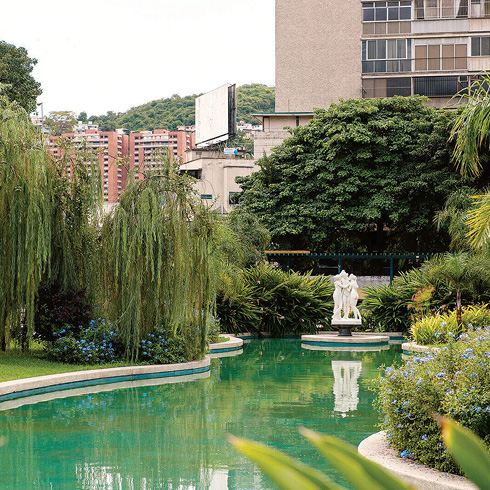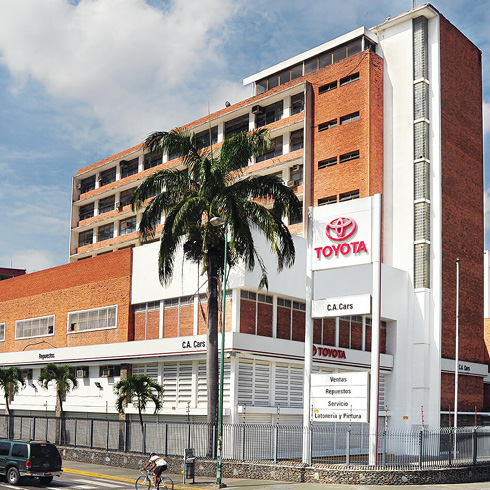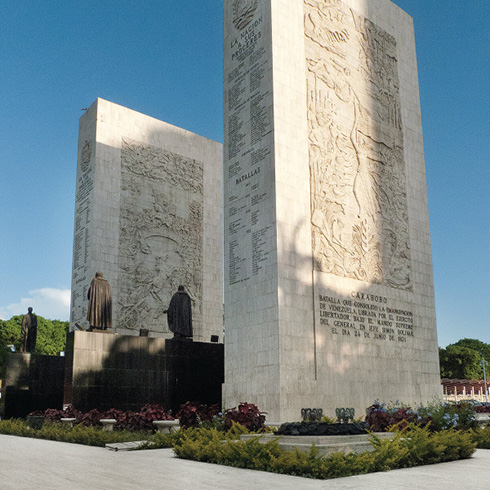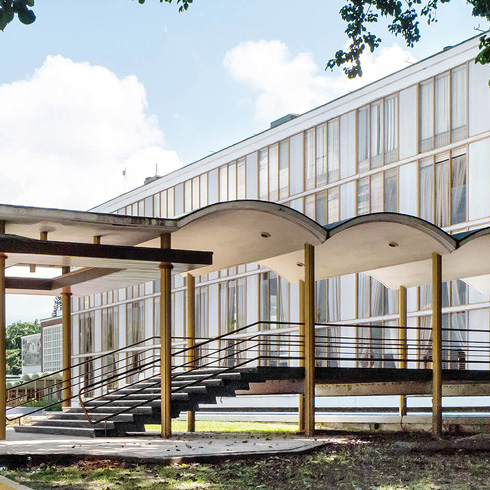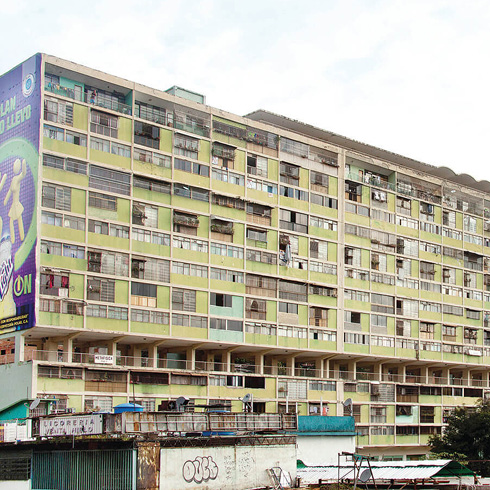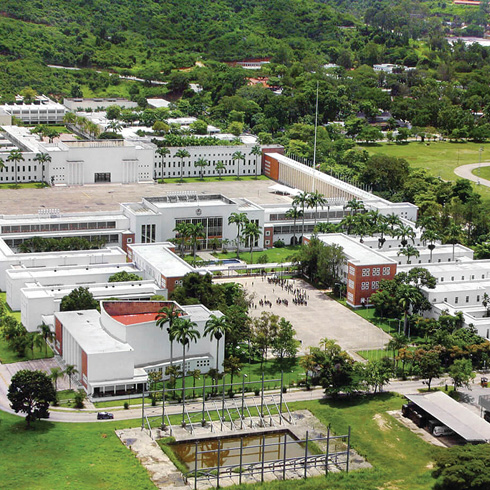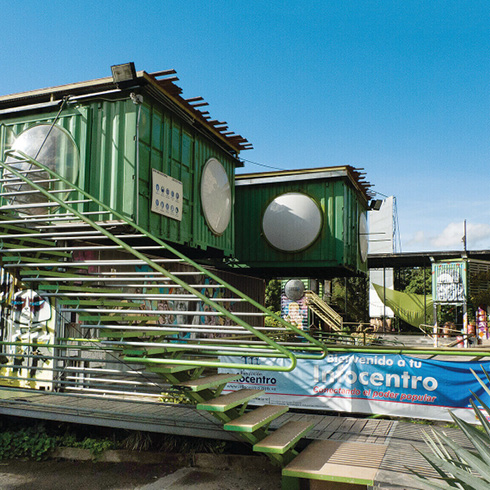Zone 6 South entrance
The south entrance is defined by the Valle-Coche-Tejerías highway, parallel to El Valle river, until it joins the Guaire river and the Francisco Fajardo highway, where María Lionza rises on a tapir (sculpture by Alejandro Colina). The two banks of the same river, occupied at different times in history, have totally dissimilar urban atmospheres. North of the river are El Valle, Coche and La Rinconada; on the south bank is Fuerte Tiuna with housing of the Grand Housing Mission Venezuela (GMVV), the Military Circle, and La Nacionalidad Urban System, with urban developments going up to the south edge of the Ciudad Universitaria of Caracas.
The old historic center of El Valle, laid out by Pedro Gutiérrez de Lugo and Gabriel Mendoza as a mission town for Teques natives with the name San Roque in El Valle (1621), was located on a narrow strip north of El Valle river and no longer exists, because an urban renewal plan in the 60s and 70s replaced the semi-regular founding grid and traditional homes with high rise residential complexes and extensive common areas connected by the Avenida Intercomunal of El Valle, giving it its current modern image. However, the Plaza Bolívar was maintained, larger than the 30 by 60 meter dimensions that were typical of the Caracas mission towns, as well as the nineteenth century three nave church dedicated to Nuestra Señora de la Encarnación, which was built over the modest original religious complex after its destruction in the 1812 earthquake. The Los Jardines de El Valle development, designed and planned by Pedro and Carlos Mancera (1928), is located between the old El Valle city center, the Delgado Chalbaud urban development and the Valle-Coche highway. It was one of the first suburbs with a traditional layout, consisting of an orthogonal grid of straight streets creating equal rectangular blocks and a square plaza to the north. The development consisted of small townhouses and free standing houses, with gabled tile roofs, a narrow front garden and backyard. Each block was different from the others, and each home had varied forms and distinctive ornaments, which made them an immediate success. Most of this development was also demolished to make way for an extensive urban renewal plan.
Coche and El Valle were coffee haciendas, which were acquired in 1949 by the Banco Obrero for affordable housing developments, with architect Villanueva in charge, as was the Delgado Chalbaud development. Metropolitan services like the Coche Hospital and the Main Market are part of the dense residential complex. Other uses, like the La Rinconada Racetrack, the Poliedro of Caracas, the Libertador Simón Bolívar train station of the national railway system and the Alejandro Otero Museum are located in a small adjacent valley that reveals new constructed scenery, with the recent insertion of GMVV low rise housing. Facing them, on Fuerte Tiuna lands, a massive high rise GMVV housing complex makes a border toward the Coche-Tejerías highway, with unpredictable consequences to the city until they are inhabited.
During the presidency of General Marcos Pérez Jiménez, a boulevard was designed on the south side of El Valle river, away from the historic city center and far from daily life, in order to have scenery worthy of military parades. La Nacionalidad Urban System responds to an academic composition, consisting of several architectural and urban elements that, together, form a system with three distinct segments. A military one, Los Próceres, with the school, the Honor Courtyard, the stage for parades and the club; a civilian-military one, Paseo de los Precursores, with a sculpture rhetoric amongst independence forefathers and military heroes; and finally a civilian one, Paseo Los Ilustres, facing the south border of the university, beginning at the Plaza de Los Símbolos, extending to the elevated plaza Simón Bolívar (Borges y Pimentel) in front of the university stadiums. Urban developments like Santa Mónica, Las Acacias and Los Chaguaramos, the immediate context of the university campus, push for change of uses functioning in what were once exclusively residential houses.
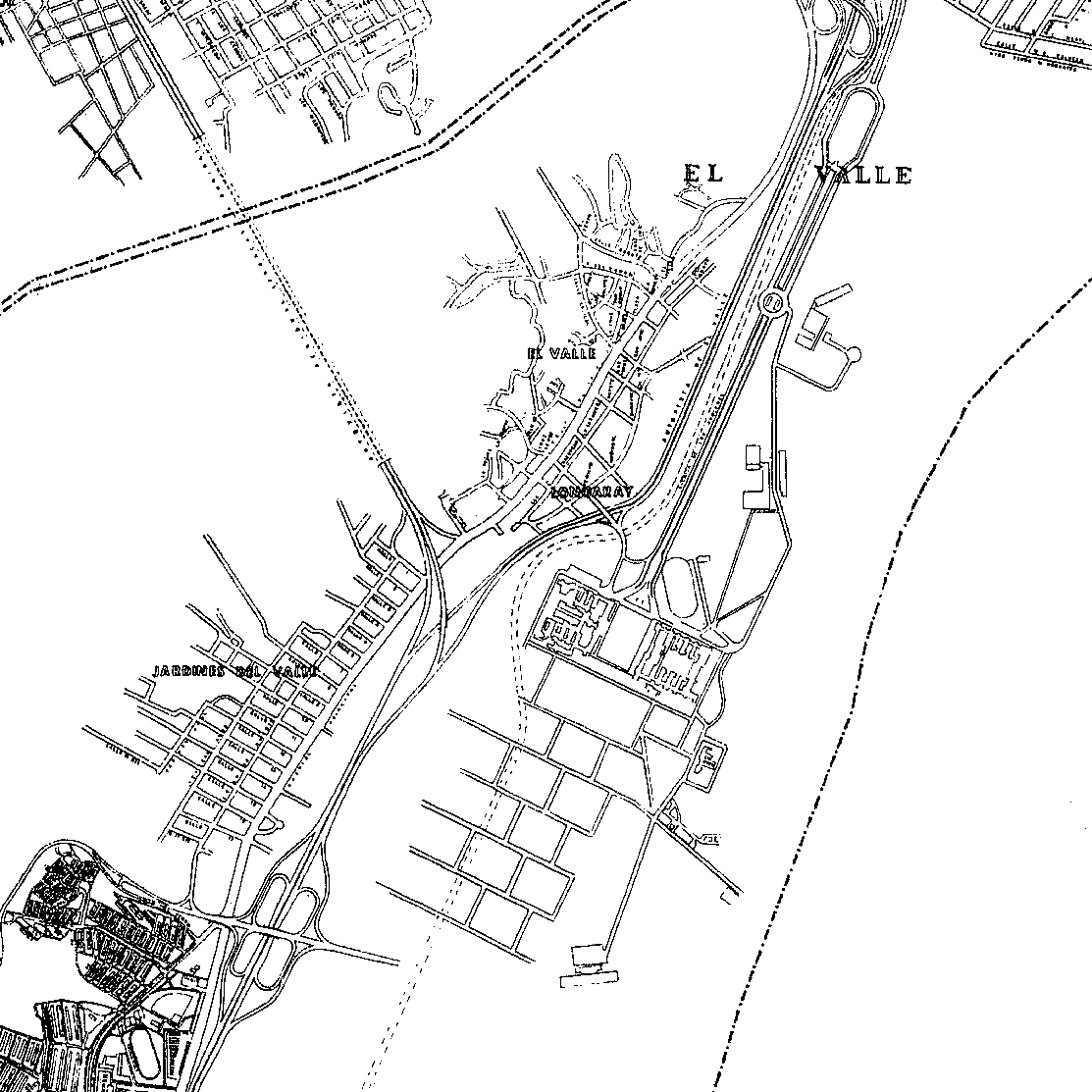
El Valle, 1951. ES-04
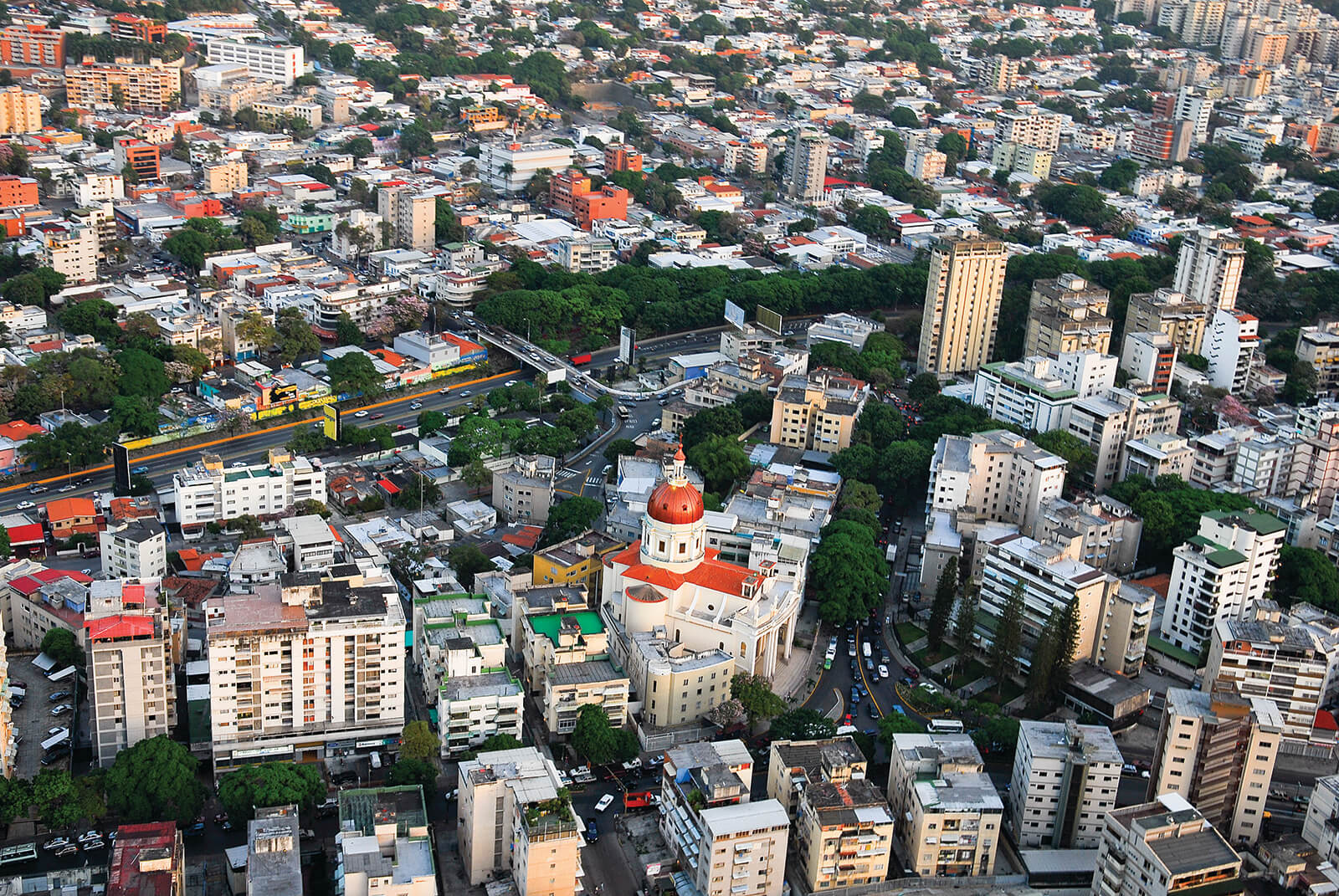
Vista aérea, Iglesia de San Pedro. ES-05
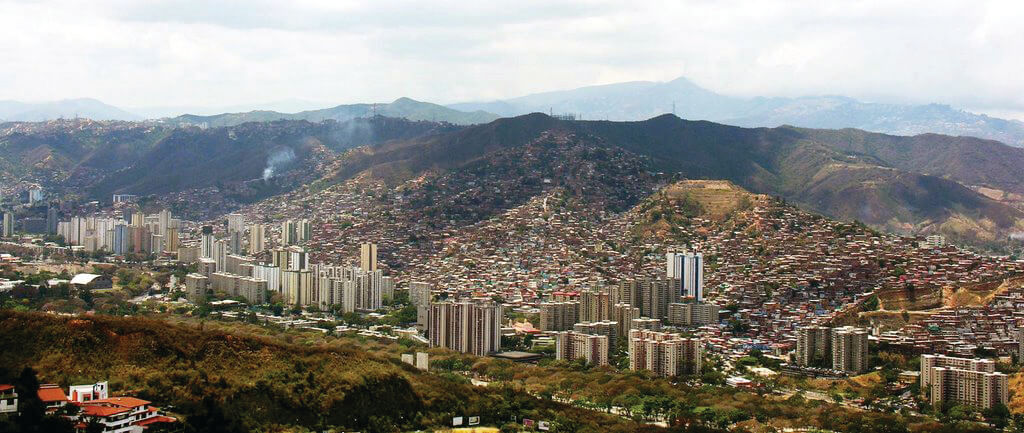
Vista aérea del eje Valle-Coche. ES-03
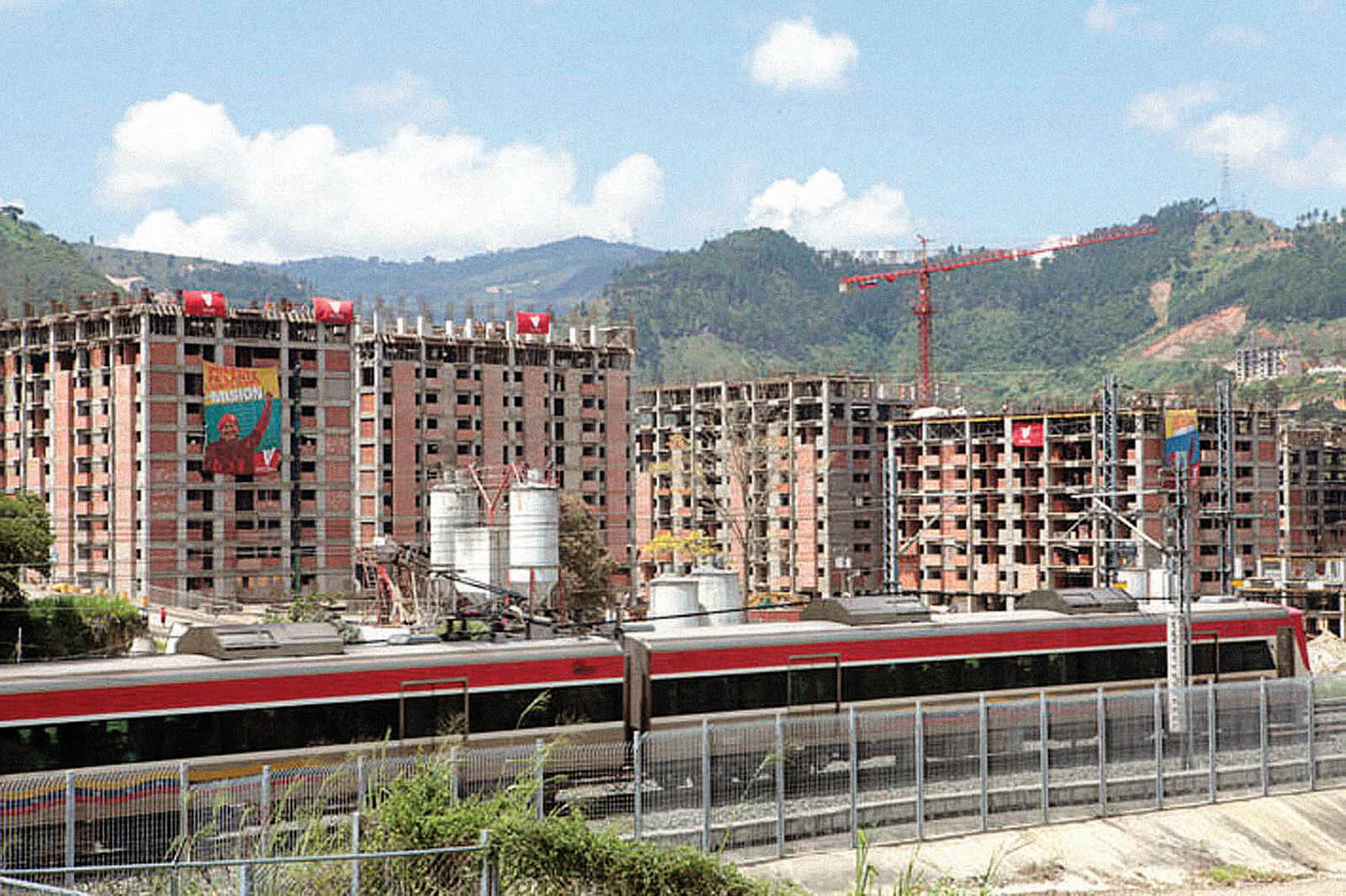
Viviendas sociales, Gran Misión Vivienda Venezuela (GMVV) en Fuerte Tiuna, con línea de trenes frente a la autopista. ES-06
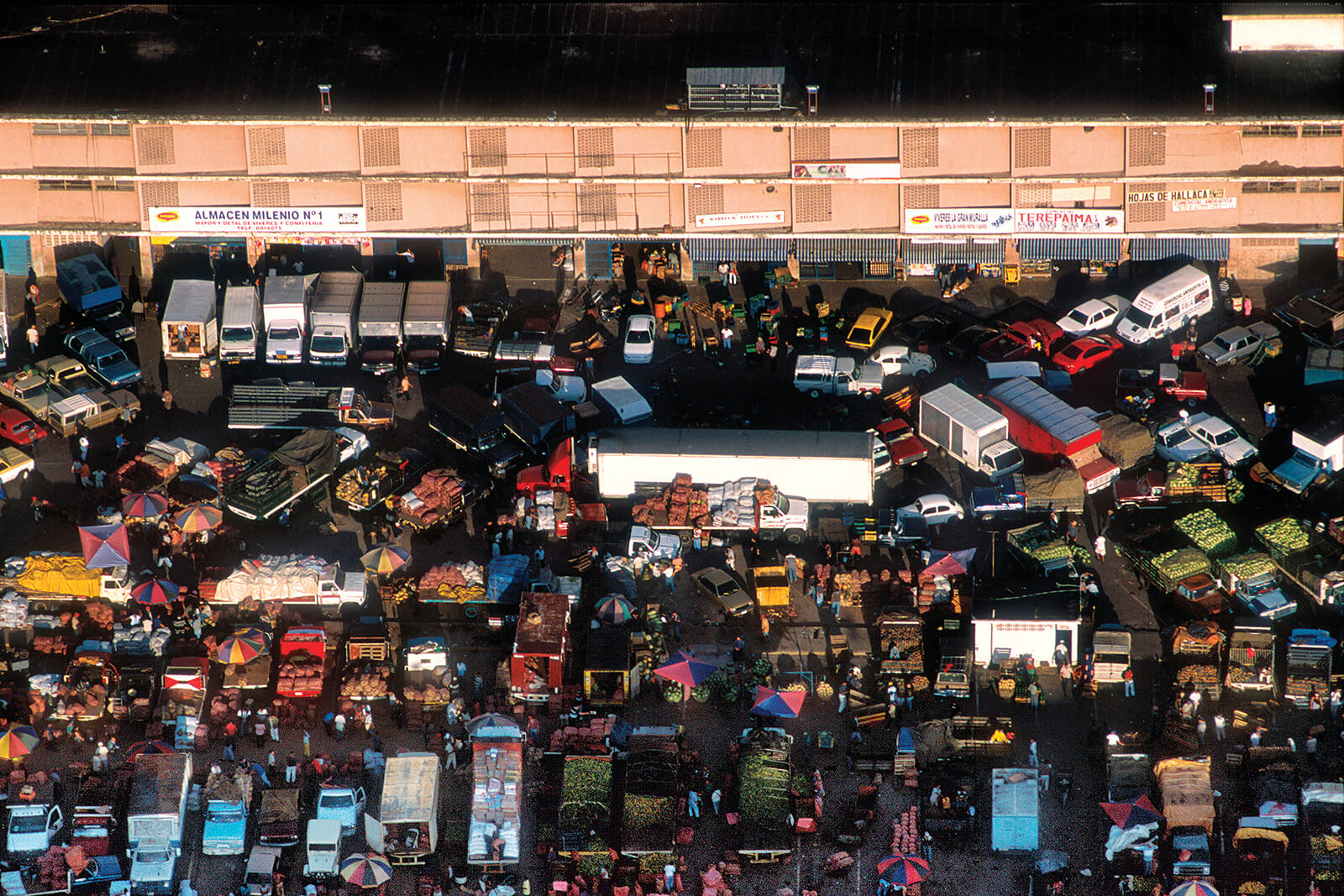
El Mercado de Coche, el mayor de la ciudad. RL
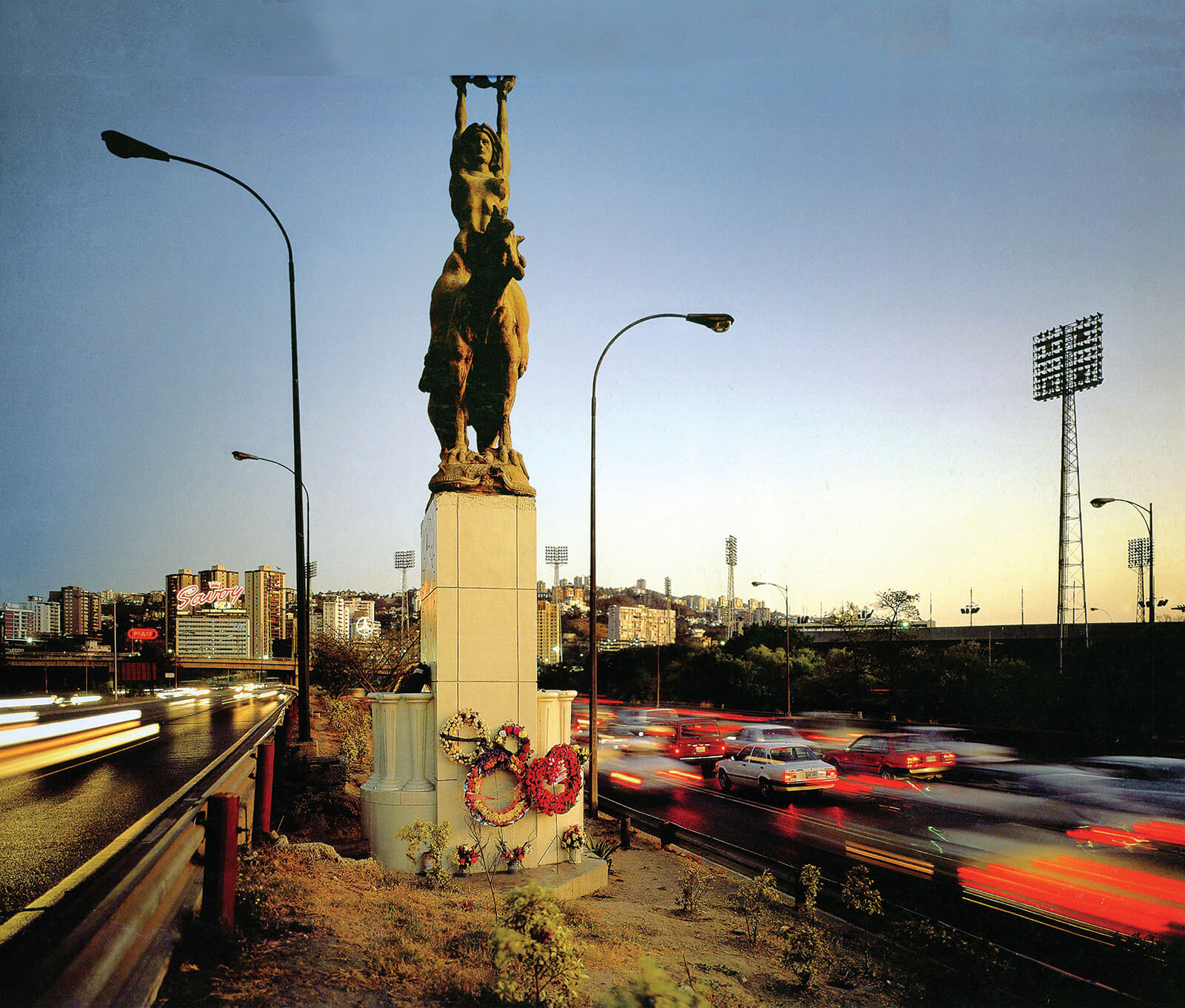
Escultura de la diosa María Lionza sobre la autopista Francisco Fajardo marcando la unión del río Guaire y el río Valle. ES-02
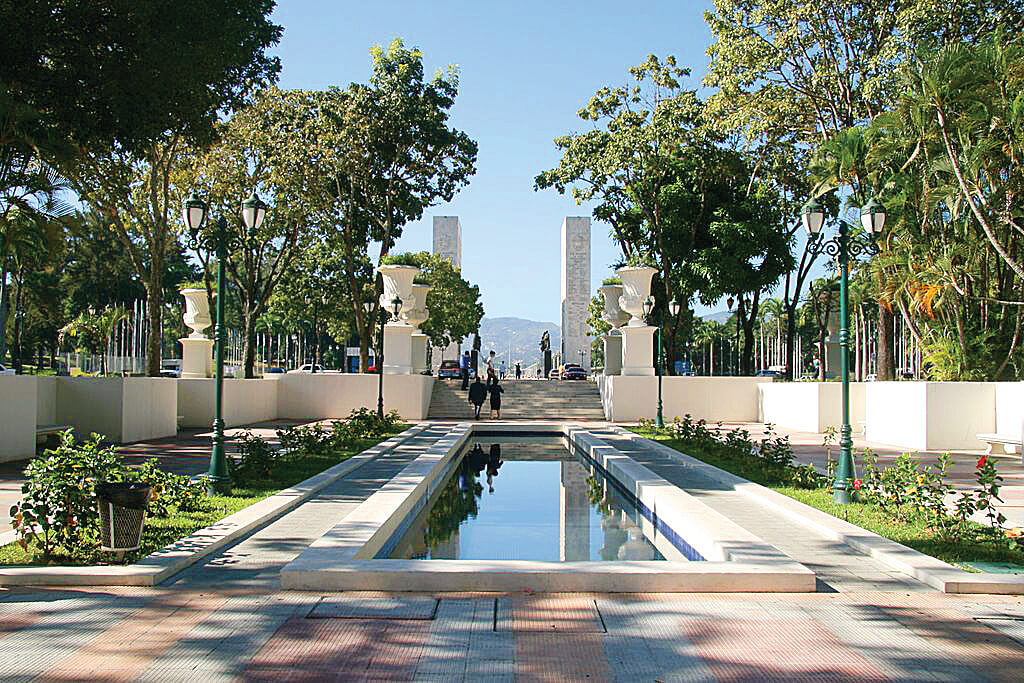
Paseo los Próceres y monolitos. EB
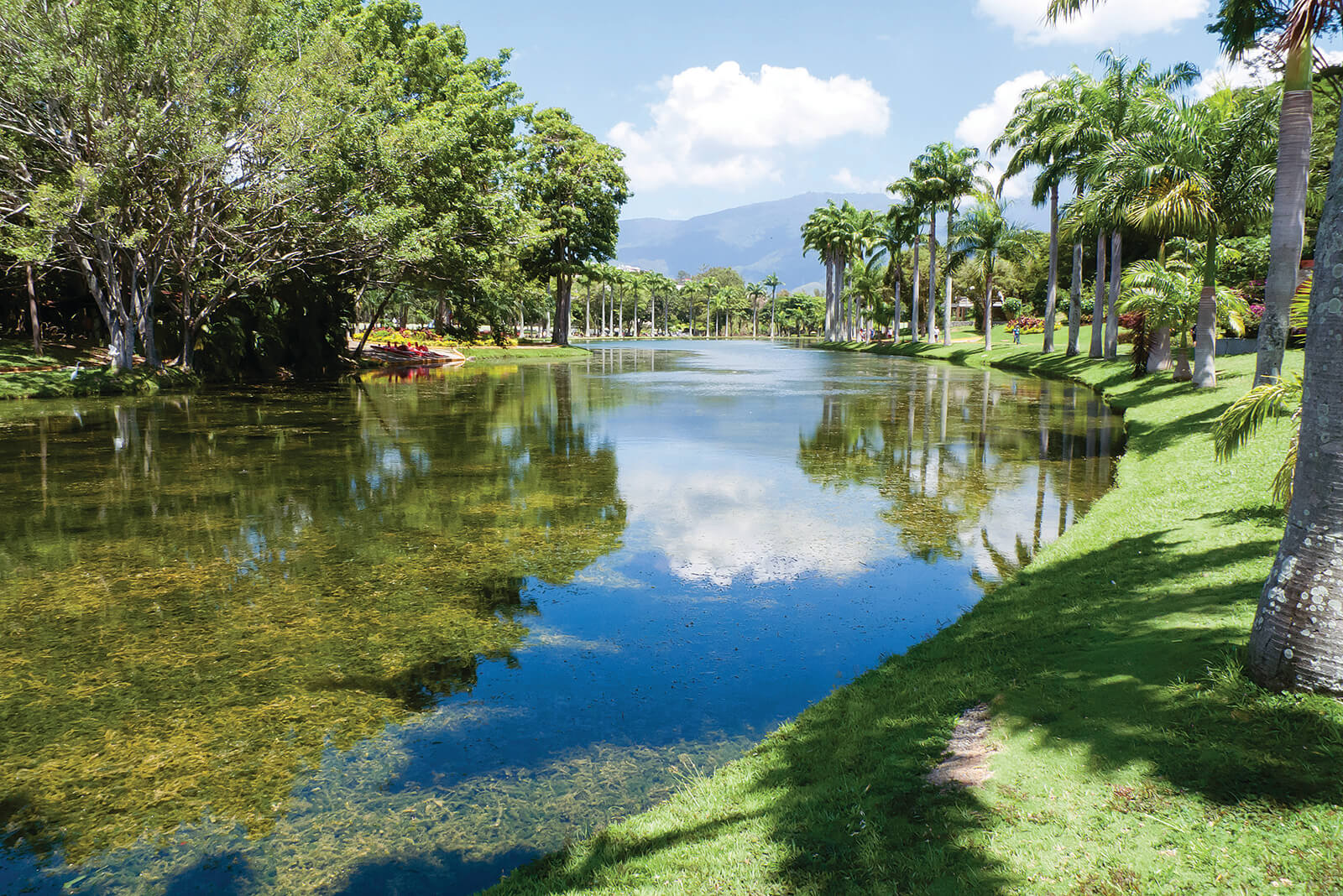
Laguna del Circulo Militar. DDN
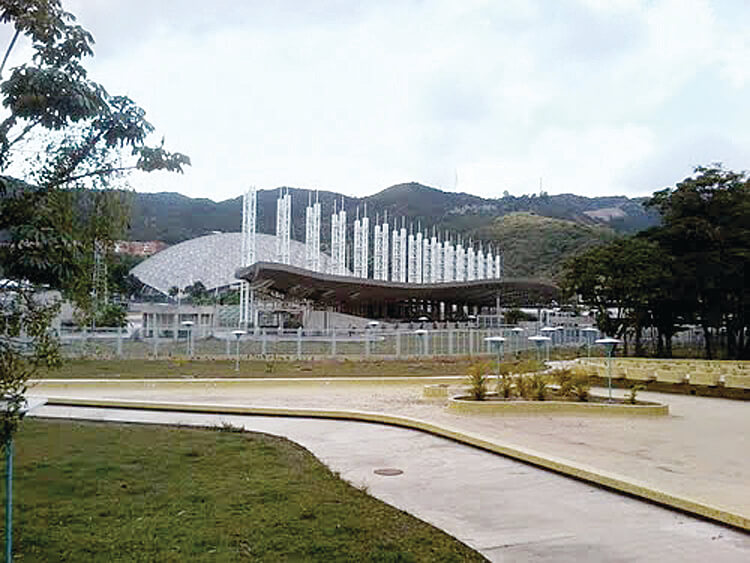
Estación terminal, Metro La Rinconada. ES-07


